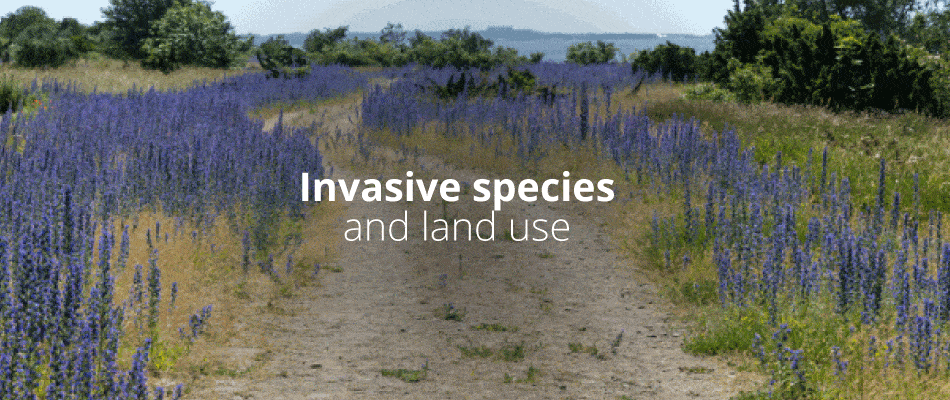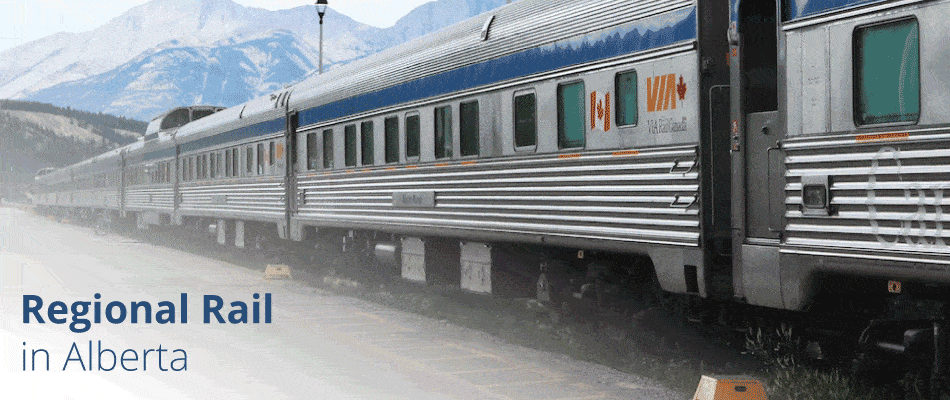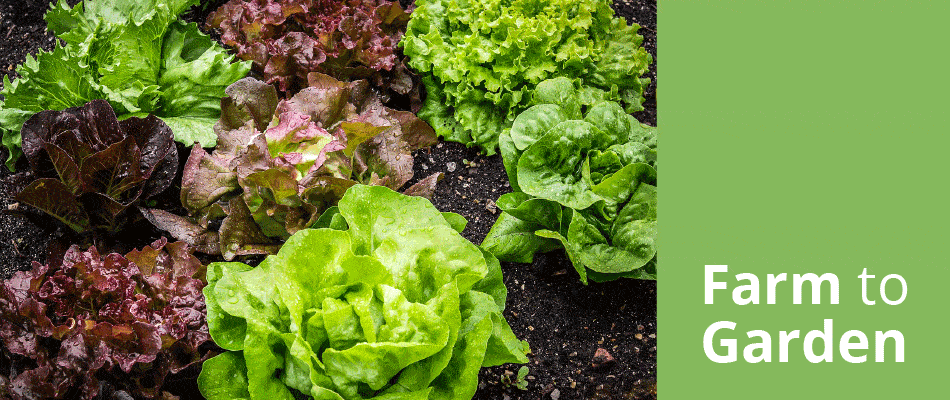Changes in land use can impact both native and non-native species.
Invasive species have the potential to wreak havoc on ecosystems, cause economic damage, and impact human and animal health. Invasive species also pose a major threat to endangered species and are commonly associated with species that have gone extinct.
For example, domestic and feral cats can wipe out entire bird populations, wild boars can damage crops and spread diseases to livestock, and invasive plants can suppress native plant populations and alter soil composition.
This damage costs Alberta billions of dollars every year, which is why invasions by non-native species are an important factor in land-use change and land-use management.
Invasive species in Alberta
Invasive species are non-native animals, plants, and micro-organisms that have been introduced to areas and successfully established a population outside of their native range. The introduction or spread of an invasive species, whether deliberate or accidental, threatens ecosystems and biodiversity and has negative impacts on the economy or human health.
Invasive species management is directed by the Alberta government, which develops educational materials about invasive species, engages the public in helping to control invasive populations, works with stakeholders to coordinate control efforts, and develops legislation and risk assessment tools.
In order to combat Aquatic invasive species (AIS), which are non-native organisms that have been translocated into bodies of water throughout the province, Alberta Environment and Parks established The AIS Program, which tackles species monitoring, rapid response planning, education and outreach, watercraft inspections, and policy development.
In collaboration with Alberta Environment and Parks, the Alberta Invasive Species Council has created an invasive species map to track aquatic and terrestrial invasive species throughout Alberta. This interactive map allows individuals to contribute to the real-time tracking of invasive species across the province by logging non-native species sightings via the online map or mobile app.
Impacts of invasive species
When a species is labelled as “invasive”, it typically has no natural controls, such as predators, and can outcompete native species for resources. The impacts of invasive species can range from ecological to economic to human health.
In Alberta non-native plants represent the most common invasive species, with more than 100 species identified. These plants can spread rapidly and reduce biodiversity by competing with and suppressing other plants. The invasive species can eliminate food sources for wildlife, particularly if they are toxic or inedible, and can destroy animal habitat, resulting in changes in migratory patterns.
Some invasive plant species, such as flammable weeds, canIn increase the frequency and intensity of forest fires and have characteristics that enable them to thrive in the environment after a forest fire.
Other invasive plant species can inhibit reforestation in areas that have been logged, which can have negative impacts on the sustainability of the logging industry.
Invasive fish and invertebrate species have the ability to beat out native species for food and space, and rapidly multiplying mussels can build up and damage water infrastructure.
Brown rats and feral cats are commonly known to devastate bird and small rodent populations, and brown rats spread disease and damage infrastructure.
More recently, wild boar have become a major problem in the province. Though typically farmed as livestock, wild boars “at large” are considered to be an invasive species. They are known to damage property, ravage agricultural crops and consume livestock feed. They endanger people, harass livestock, and prey on young livestock and wildlife.
Through wallowing, Wild boars can contaminate water supplies, promote erosion and destroy fish habitats, and they compete with wildlife and destroy other sensitive natural habitats
Wild boars can also spread diseases transmissible to wildlife, livestock, and humans.
The economic impacts of invasive alien species go beyond those experienced by the agriculture sector due to effects such as crop devastation. The management of invasive species also has a major impact on Alberta’s economy, with an estimated $1 billion spent annually by the province on invasive species monitoring, control, and prevention.
Land use and invasive species
Land use planning plays a key role in preventing the damaging impacts of invasive species and mitigating issues.
Practices such as logging a forest or flooding a wetland with nutrients and chemicals can create environmental conditions that threaten native species and allow invasive species to take over. By adopting more environmentally responsible practices, agricultural industries can avoid causing the kinds of changes to an ecosystem that would leave it vulnerable to an invasion by a non-native species.
As an article from Nature.com explains:
“Plant invasion could be potentially limited by land management, mainly focusing on areas with extensive agricultural land use. A more consciousness land management is more and more commonly required by local administrations.”
The Alberta Invasive Alien Species Management Framework, published in 2010, outlines the necessity of a coordinated approach to the management of invasive species in the province:
“The identification of a management authority is an important element for the effective assessment, prioritization, and management of an invasive species or an invasive pathway. In Alberta, the management of the land base and the legislation that enables such management to occur is largely assigned based on the dominant land use. There is inherent utility in identifying terrestrial invasive species management authorities based on the dominant land use, as it allows existing processes, mechanisms, and legislation to be used. In cases where the management of an invasive species crosses multiple land uses, there is a requirement for management authorities to maximize their communication, collaboration and coordination efforts.”




Recent Comments